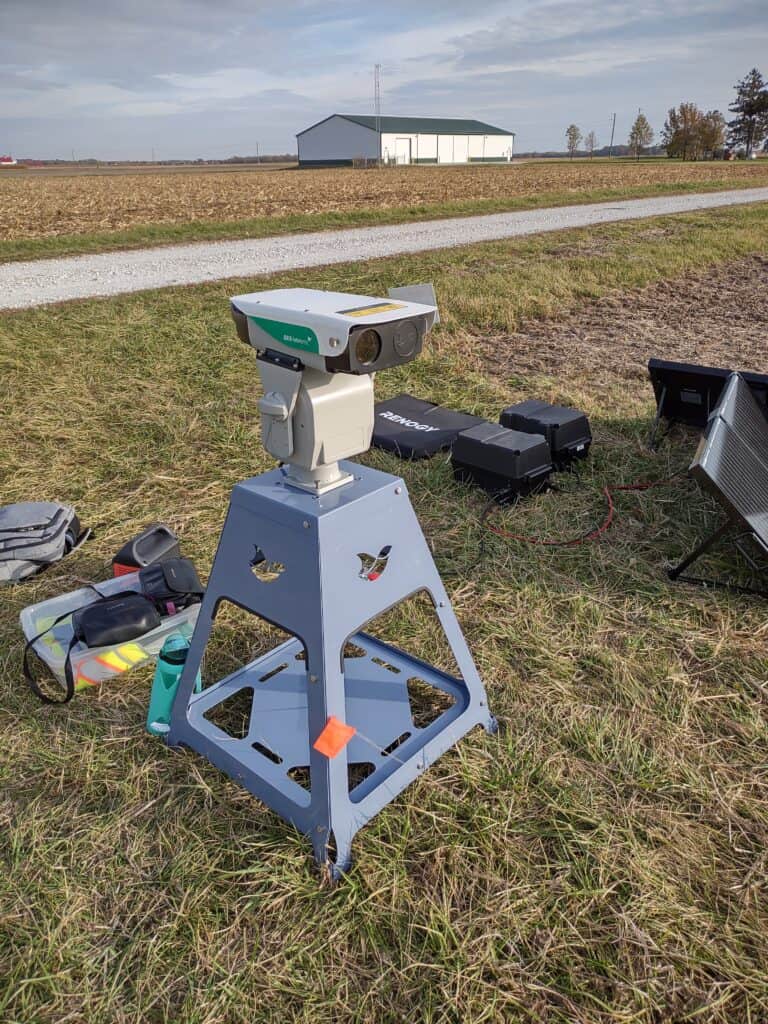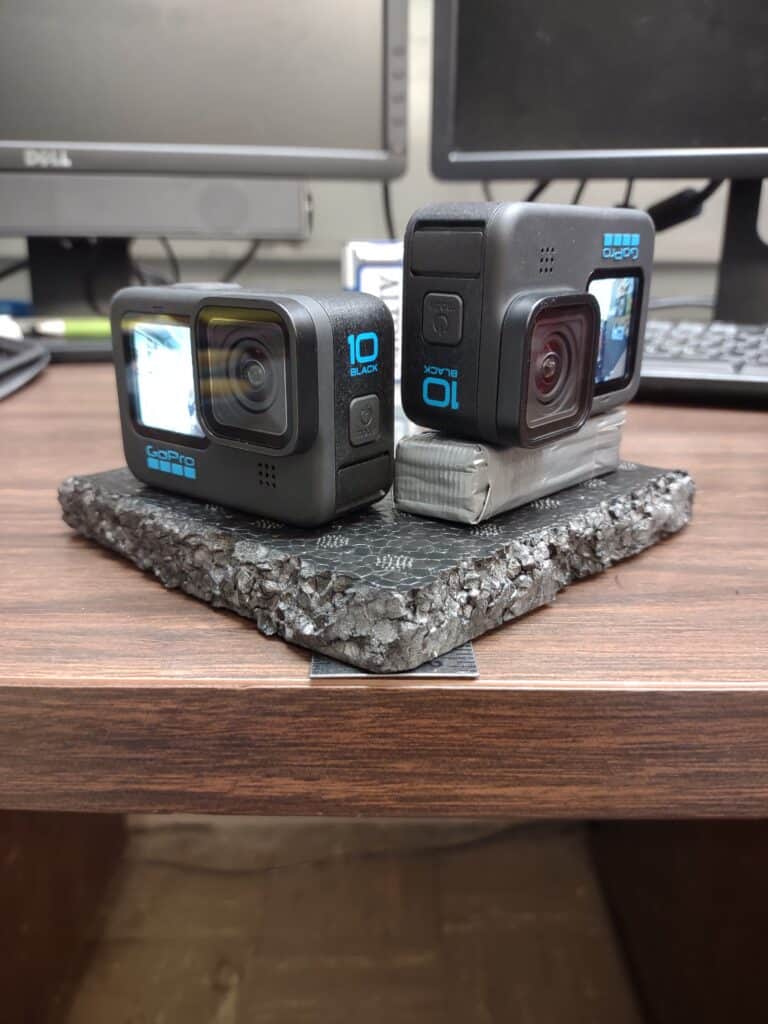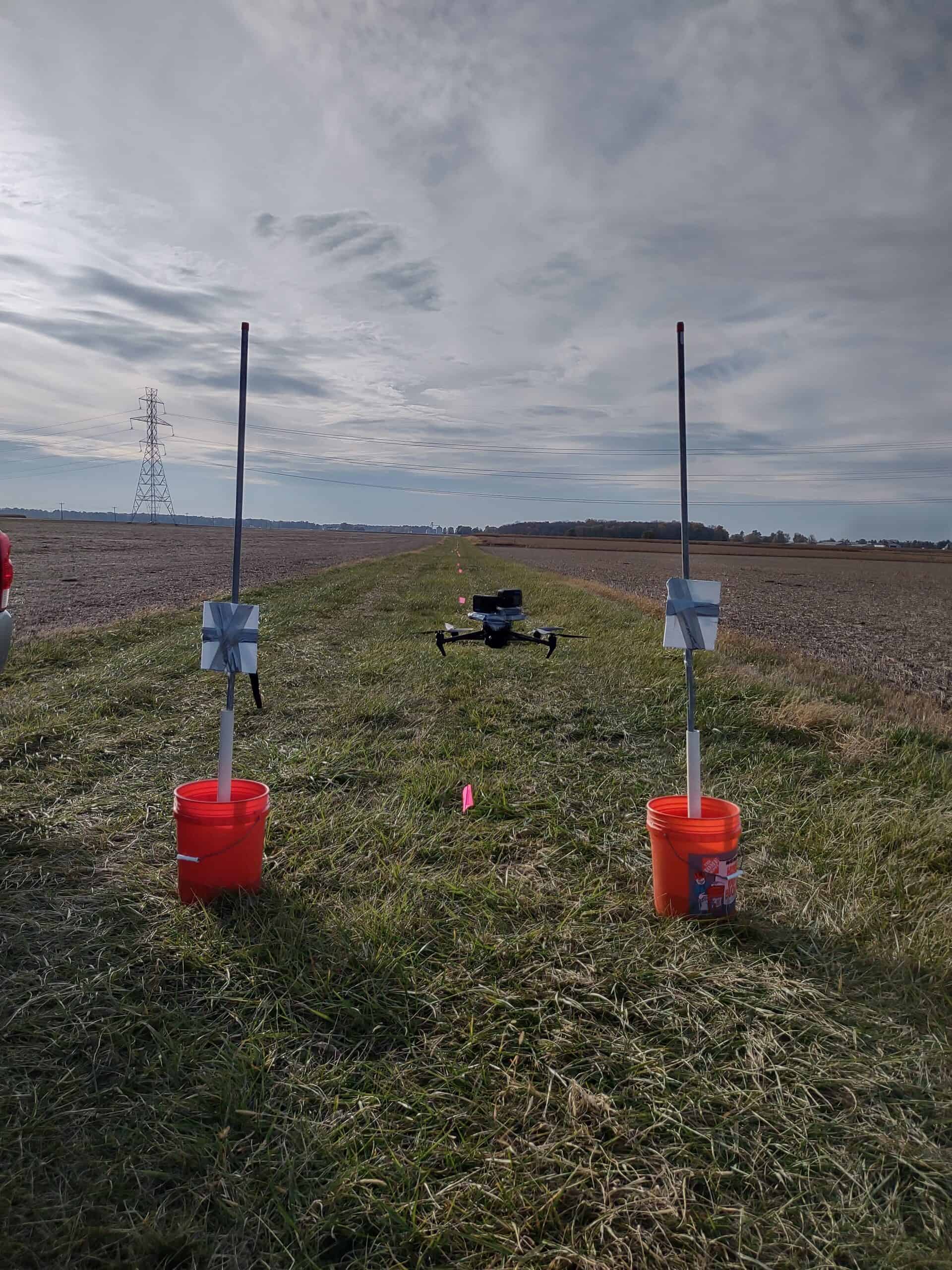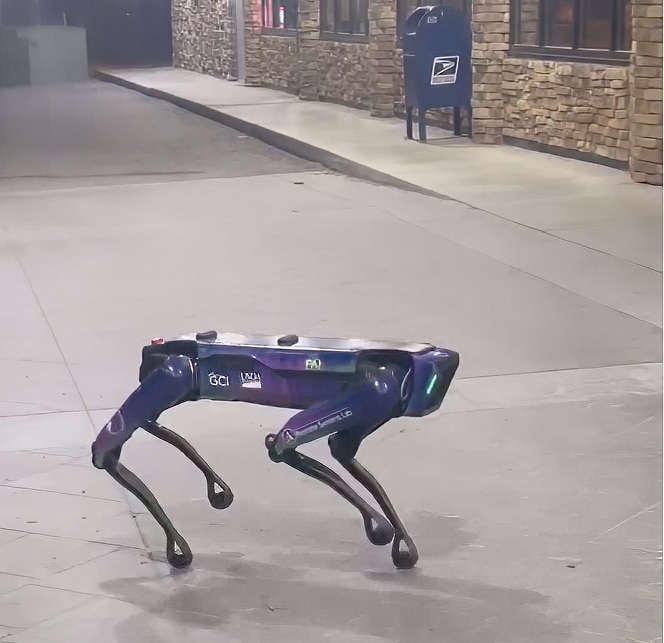Share this article
Wildlife Featured in this article
- European starling
TWS 2023: Can bird-repellent lasers be more eye friendly?
Researchers are examining whether technology to reduce crop damage may be improved
Automated laser beams designed to be a nonlethal way to stop birds from damaging crops might be improved to reduce the chance of retinal damage.
“Lasers are being promoted as one of the safer deterrents,” said TWS member Morgan Chaney, a PhD candidate at Purdue University, at a presentation at The Wildlife Society’s 2023 Annual Conference in Louisville. But it’s unclear how much birds’ eyes are expose to the lasers. Chaney is currently developing a model to better predict this, in order to determine ways to improve the safety of the devices.
Bird damage on crops exceeds $4.7 billion annually, Chaney said. Much of this damage comes from nonnative species like European starlings (Sturnus vulgaris) that can reduce corn cobs to empty husks and damage the plants they grow from.
To prevent crop damage, farmers have resorted to all kinds of methods in the past—from shiny reflecting tape, to sound canons and dangerous metal spikes. These lasers were developed as a relatively less harmful approach to unwanted bird foraging.
The principle of the method is that shining lasers—similar to handheld laser pointers—at the birds will scare them into flight. Some of these devices are automated, shooting out shining lasers from a fixed device.
But these lasers may not be harmless—all lasers can cause damage to human eyes, burning retinas and causing permanent vision damage. The effect on bird eyes is less certain, but only highly powered lasers have been shown to cause damage on the eyes of wild birds. “We know that it causes damage in both humans and birds,” Chaney said. Birds may be even more sensitive to laser damage than humans—their eyes have four photoreceptors rather than the three that people have, but there hasn’t been much testing on wild birds to determine any possible effects.

Chaney and her colleagues are studying how bird retinas respond to lasers by exposing European starlings to them under heavily controlled conditions. Controlling the time of exposure and the power of the laser, they examine the birds’ eyes under microscopes to search for signs of damage, such as corneal edema, cataracts and retinal atrophy.
In a second project, the team developed a model that could predict how much exposure birds’ eyes might get from lasers when the devices are at different distances or in different positions.
To do this, the team created an artificial bird using a drone fitted with cameras. They glued a platform with two GoPro cameras pointed either way like a set of bird eyes on top of a quadcopter drone. They flew the device at a station between two laser pointers to see how long the laser might strike the lens in a series of tests. They then developed a model to predict laser exposure times in three different scenarios: when birds flew in the same direction the laser was traveling; when birds flew against the laser; and when the bird was stationary when the laser hit them.

The researchers need information from the first project to be able to quantify the likelihood of eye damage depending on different positions and distances from the laser. Once they have those data, they can plug them into the model to predict the exposure time of wild birds in the field. All of this work will help them predict the likelihood of lasers hitting birds’ eyes and for how long, as well as the extent of damage that might occur.
“Ultimately, we intend to determine what exposure times would be for a bird in the wild, so that we could use that information to make predictions about the potential dangers for avian eye safety more realistic,” Chaney said.
Their findings are still preliminary, but so far Chaney said the model predicts that birds in the wild may experience eye damage at close distances and low laser speeds. “The probabilities of experiencing damage would go down beyond 30 meters away from the laser,” she said.
The researchers hope to be able to inform safer ways of using these products.
Header Image: Researchers created a novel set up to test how birds in the field might be struck by lasers. Credit: Morgan Chaney








